The Cloud & Heat company uses the exhaust heat from server racks to heat buildings. Professor Dr Christof Fetzer on the development of a green energy solution.
About Mr Fetzer
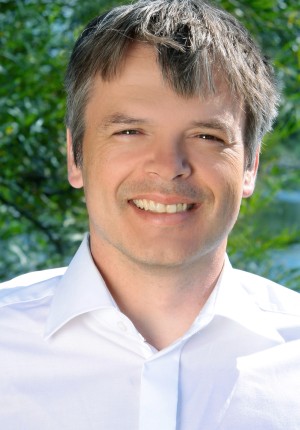
Prof Dr Christof Fetzer has founded the Cloud & Heat company together with Jens Struckmeier (not pictured).
“I used to lecture on cloud systems and energy efficiency at the Technical University of Dresden. The initial idea for our company came when I was building a house though, and started to think a great deal about heating. I asked my future co-founder, physicist Dr Struckmeier, whether the exhaust heat from servers could also be used as a heat source. Together we then developed a prototype for a server rack which connects directly to the hot water supply. It worked extremely well, and so we founded Cloud & Heat 2011.
We provide our IT customers with secure cloud services. We also offer a sophisticated data protection system. Data is stored exclusively in Germany, since the country has strict data protection laws. Companies and research institutions that have to do computationnally intensive jobs, and public agencies that place great importance on keeping security-critical data safe can install our server racks inside their buildings and use the exhaust heat for heating and hot water. Buffer storage keeps the water warm if it is not needed. The energy supply is therefore self-sufficient and extremely cost-efficient. The system can also be retrofitted and connected to existing properties.
Double benefit
The server racks sort cables – and generate heat for heating. The founders explain their idea (KfW Group/n-tv).
Our server racks have undergone continous development. At CeBIT 2016, we presented our newest server generation. Thanks to our advanced technology, we were able to acquire numerous interesting projects, among others, together with innogy Telnet and Envirotech Solutions.
We also plan to open a new public cloud location in Frankfurt am Main by the end of 2017, which will be equipped with the newest server generation and the most recent software package.
We see the KfW Entrepreneurs' Award as an endorsement of our work. Today we are far ahead of the competition in the future market of green IT: we have been shown to have the world’s lowest energy consumption in our data centre in Dresden – and warm offices!”
Published on KfW Stories: Donnerstag, 10 July 2017
The described project contributes to the following United Nationsʼ Sustainable Development Goals
Goal 9: Build resilient infrastructure, promote sustainable industrialization and foster innovation
Non-existent or dilapidated infrastructure hinders economic efficiency and thus engenders poverty. When building infrastructure, the focus should be on sustainability, for example, by promoting environmentally-friendly means of transport. Factories and industrial facilities should also ensure that production is in line with ecological aspects to avoid unnecessary environmental pollution.

All United Nations member states adopted the 2030 Agenda in 2015. At its heart is a list of 17 goals for sustainable development, known as the Sustainable Development Goals (SDGs). Our world should become a place where people are able to live in peace with each other in ways that are ecologically compatible, socially just, and economically effective.

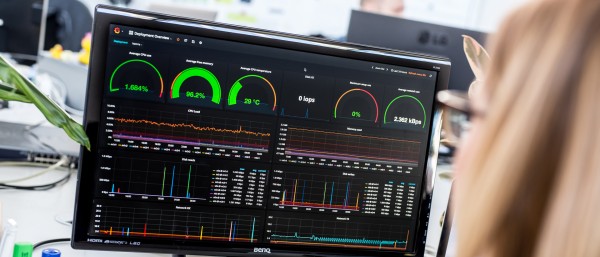
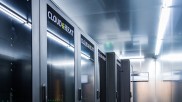
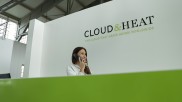
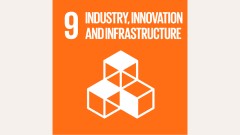
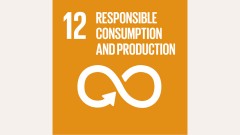
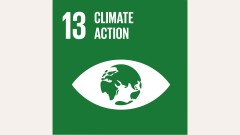

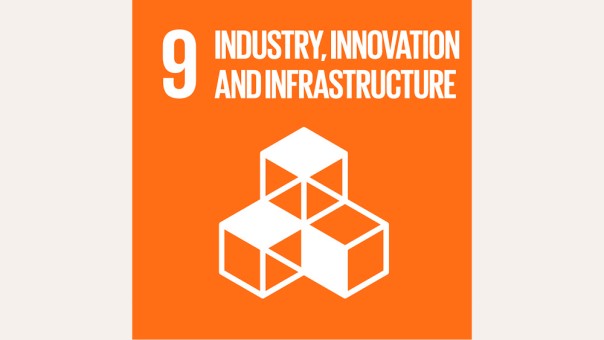
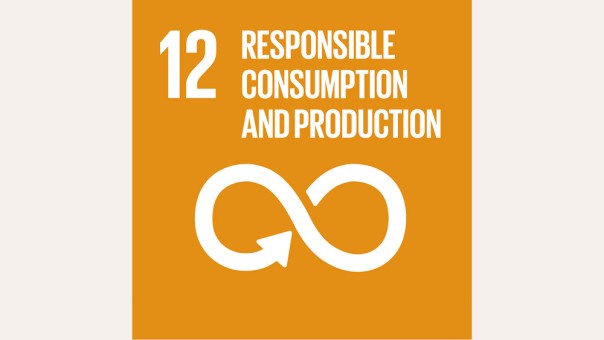
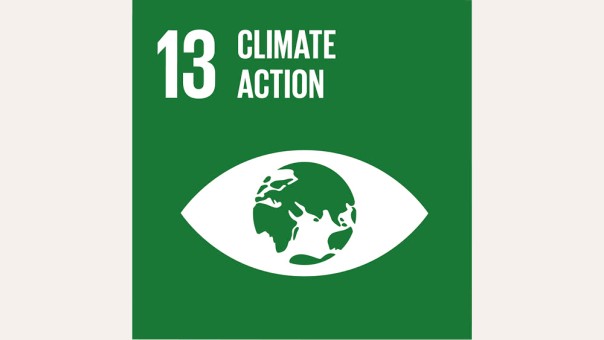

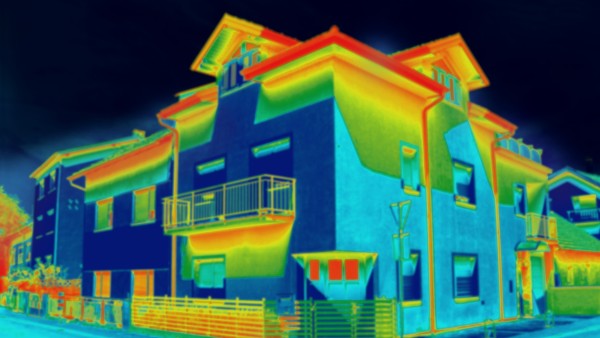
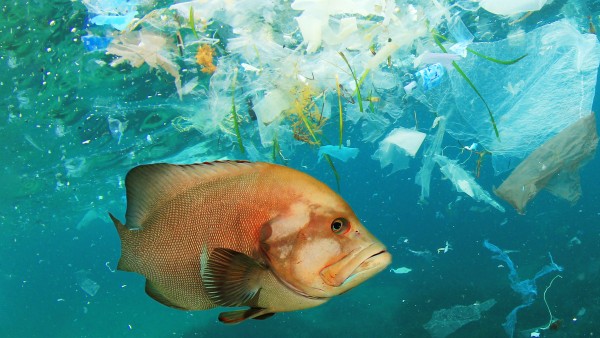
Data protection principles
If you click on one of the following icons, your data will be sent to the corresponding social network.
Privacy information